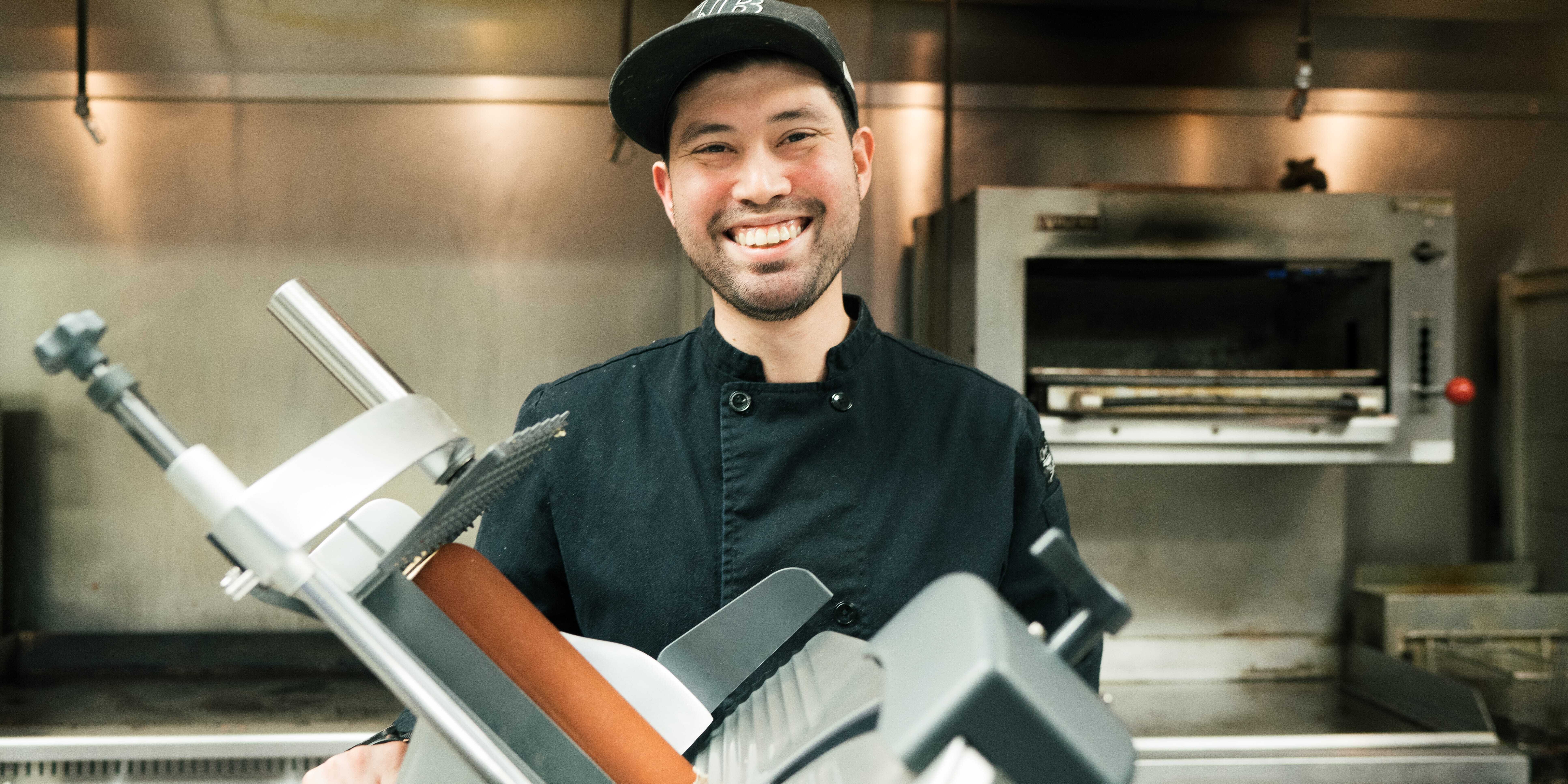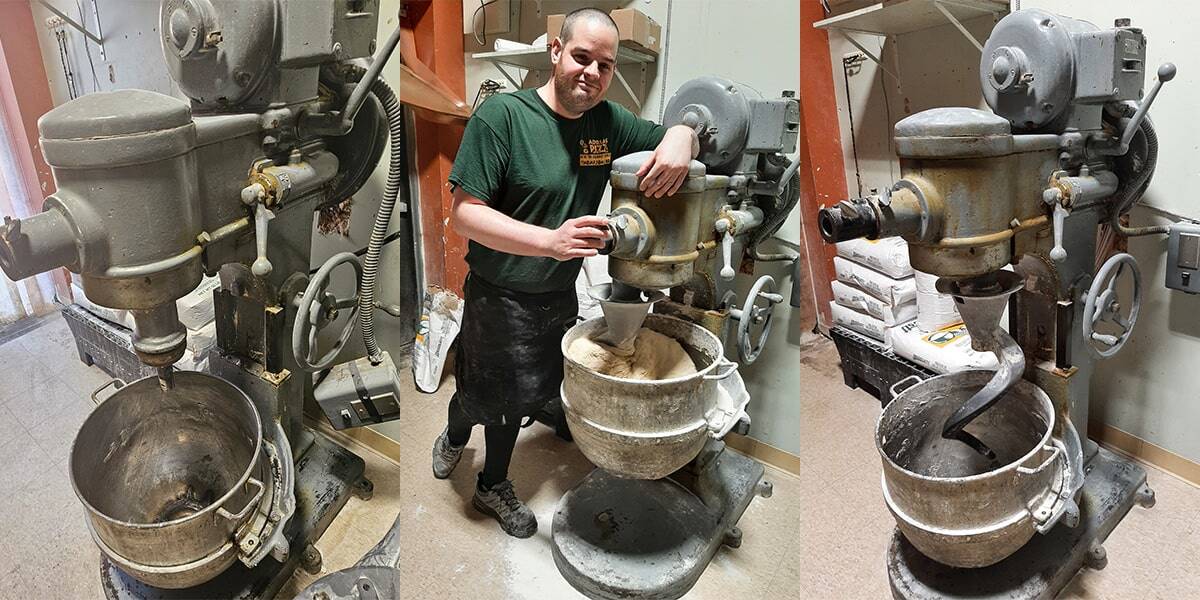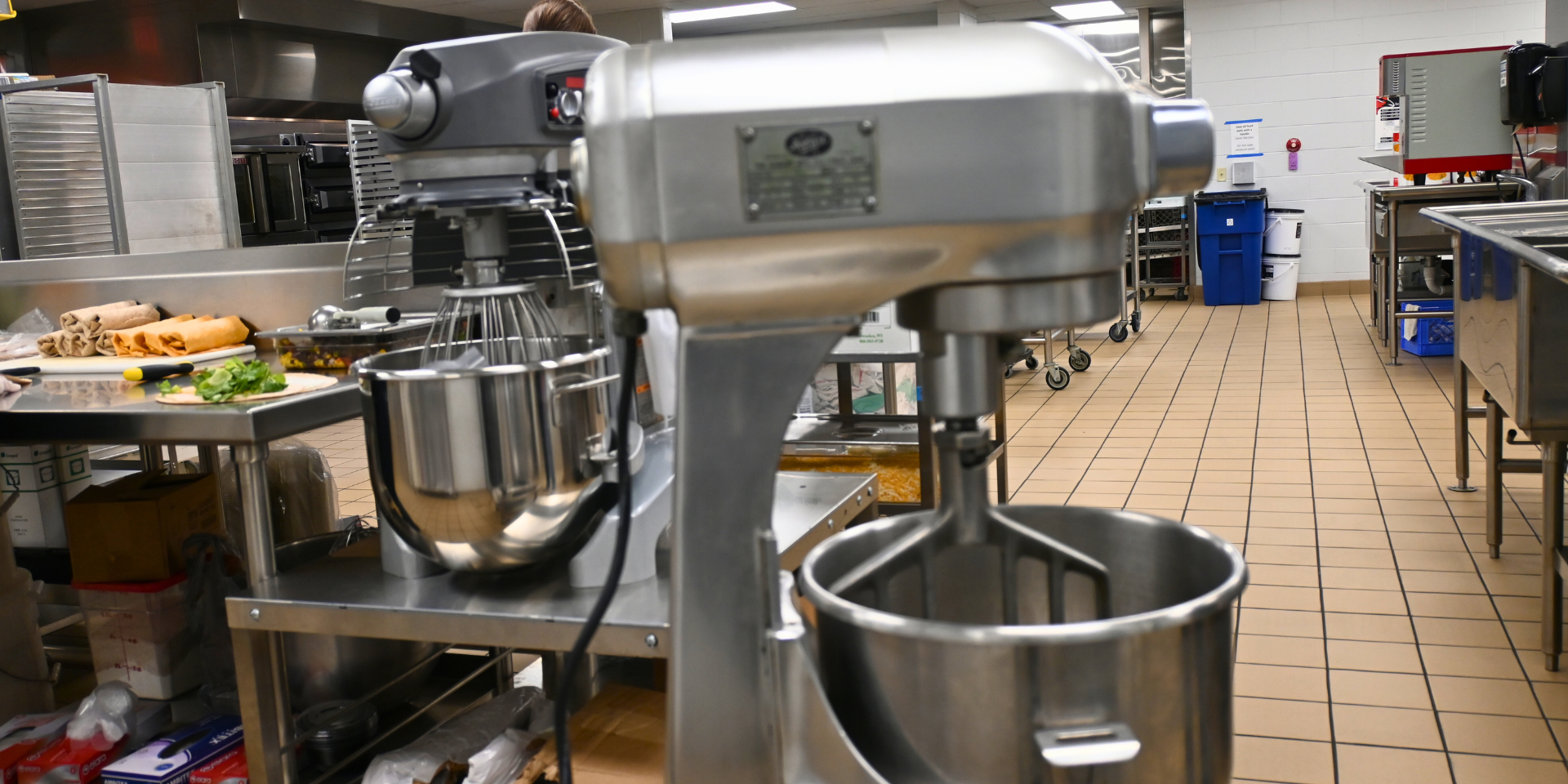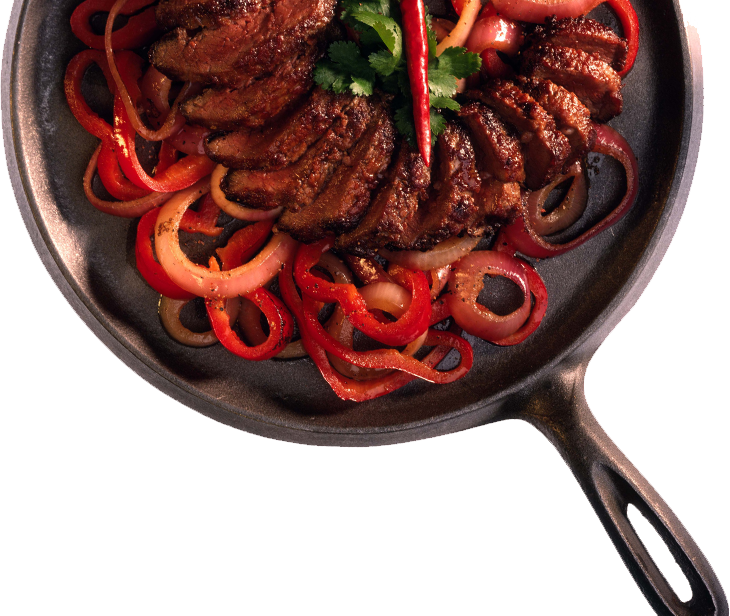Independent restaurants rely on the best kitchen equipment to maintain production and create great food. That includes food prep equipment like commercial mixers, slicers and food processors.
Buying new equipment is not something to be taken lightly. In fact, there are typically only a few circumstances when owners are most likely to make the investment: when equipment breaks, when sizing needs change or when they are looking for added convenience or versatility.
In each instance, there are several considerations for owners as they decide whether to move forward with the purchase.
Assessing broken restaurant equipment
When a piece of food prep equipment breaks, one of the first considerations is whether it warrants repair or if it’s better to replace it. Owners should first determine how old the equipment is and the amount of service or the number of repairs that have occurred over the life of the mixer, slicer or food processor. If service and repair costs over a five-year period are more than or close to the cost of a new piece of equipment, it makes sense to invest in the purchase.
Owners also need to consider how central the food prep equipment is to their business. If they are operating a pizza restaurant and their mixer breaks frequently, that will impede their ability to conduct business. In this case the benefit of buying new equipment far outweighs the lost revenue associated with downtime and not being able to produce key menu items.
Still, no independent restaurant owner wants to make a food prep equipment purchase on short notice or rush into a choice between replacement or repair. There are indications that a failure is imminent, giving them time to make the decision.
For example, as mixers get older their rpms can slow down. If owners or their staff notice that it is necessary to increase mixing speed from 1 to 2 to compensate — or if ingredients aren’t being incorporated as well—the mixer is beginning to show wear.
As slicers get older, they tend to experience issues with the indexing knob. Owners should pay attention to how easily they are able to open and close the blade and gauge plate to allow for the thickness they are trying to slice. Trouble opening and closing indicates that there is an issue with a mechanism that is hindering the slicer from operating properly.
When using a food processor, the need to place extra pressure on the manual feed hopper to push food into the machine (as opposed to letting the machine operate for itself) is a sign that the motor has begun to wear.
Sizing changes for menu updates or growth
For restaurants experiencing growth or wanting menu changes, it may be advantageous to buy new equipment. The need for increased capacity is a key indicator that this investment is worthwhile.
For example, if it becomes necessary to make double or triple batches of dough to keep up with customer demands, owners should consider purchasing a larger mixer. The ability to mix larger batches less frequently offers two main benefits. First, it lengthens the lifespan of the mixer since it isn’t being pushed to capacity. Also, there are labor savings that can offer a quick return on investment (ROI) on the equipment. When a staff member can spend fewer hours a day mixing the same amount of ingredients as before, it frees up time to focus on other tasks in the kitchen.
The same holds true for food processors, especially for restaurants that currently prep ingredients by hand. Investing in a food processor not only yields greater capacity, but it also offers more consistency, greater efficiency and cost savings in the long term. Being able to produce more in less time can facilitate menu changes since more labor is available to focus on creation.
Adding convenience or versatility
Independent restaurant owners who need more convenience in their kitchen may have an interest in purchasing new food prep equipment. Space, however, is often at a premium in smaller kitchens, so it’s wise to look at equipment that also offers versatility. Versatile food prep equipment can provide flexibility in the menu items being offered.
Planetary mixers can be used for mixing dough, mashed potatoes, batter, meats and more. They feature a hub for a food processing attachment capable of slicing, grating and shredding cheeses and vegetables. The addition of a meat and food chopper offers the capability to grind meat and make sausages.
Food processors and slicers also offer convenience and versatility. Continuous-feed food processors can be used for slicing, dicing, shredding and grating fruits, vegetables and nuts, offering restaurant owners the option to change menu items easily. These machines can also be used to slice cooked sausages and cheese but should be dedicated for that purpose to avoid cross-contamination. Likewise, slicers can work for meats and cheeses as well as vegetables and fruit. This is useful if owners don’t have a food processor or if they don’t want to invest the labor in hand cutting.
What to look for
When deciding what to purchase, it’s important to look beyond the best priced restaurant equipment and consider the total cost of ownership. Investing in reliable food prep equipment that offers ease of maintenance and reduces food waste can help minimize expenses over the life of the equipment. Simple, intuitive operation can also ensure that restaurant staff gain the throughput that mixers, food processors and slicers are intended to provide.
About the Author
.jpg?width=67&height=67&name=Bilger%20Carolyn%201%201x1-2_%20(002).jpg) Carolyn Bilger is the marketing director for Hobart – Food Preparation Products. She has been with Hobart since 2015 and sets the strategy for marketing and new product development for the full line of Hobart food preparation equipment. See all her blogs here.
Carolyn Bilger is the marketing director for Hobart – Food Preparation Products. She has been with Hobart since 2015 and sets the strategy for marketing and new product development for the full line of Hobart food preparation equipment. See all her blogs here.


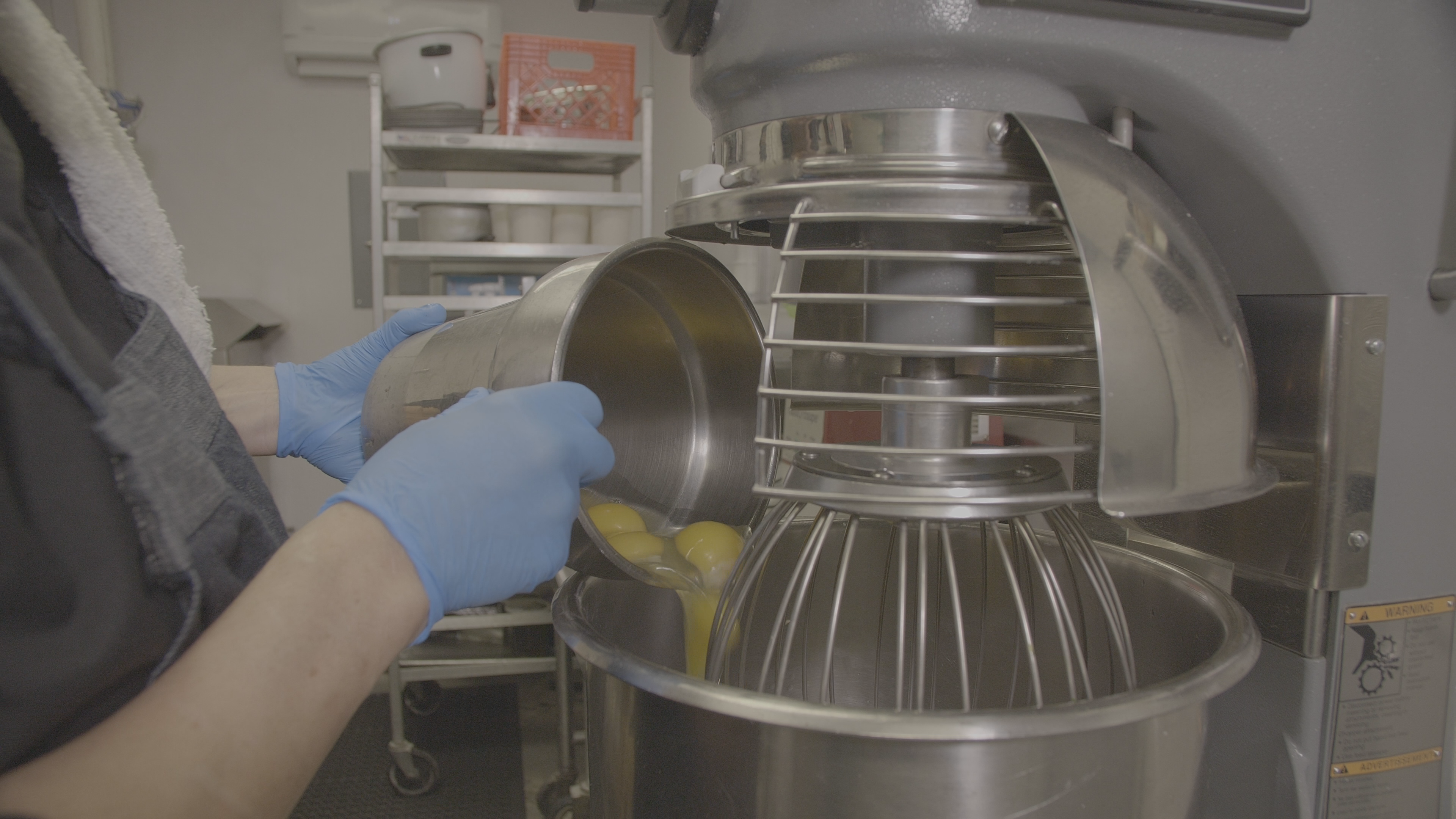

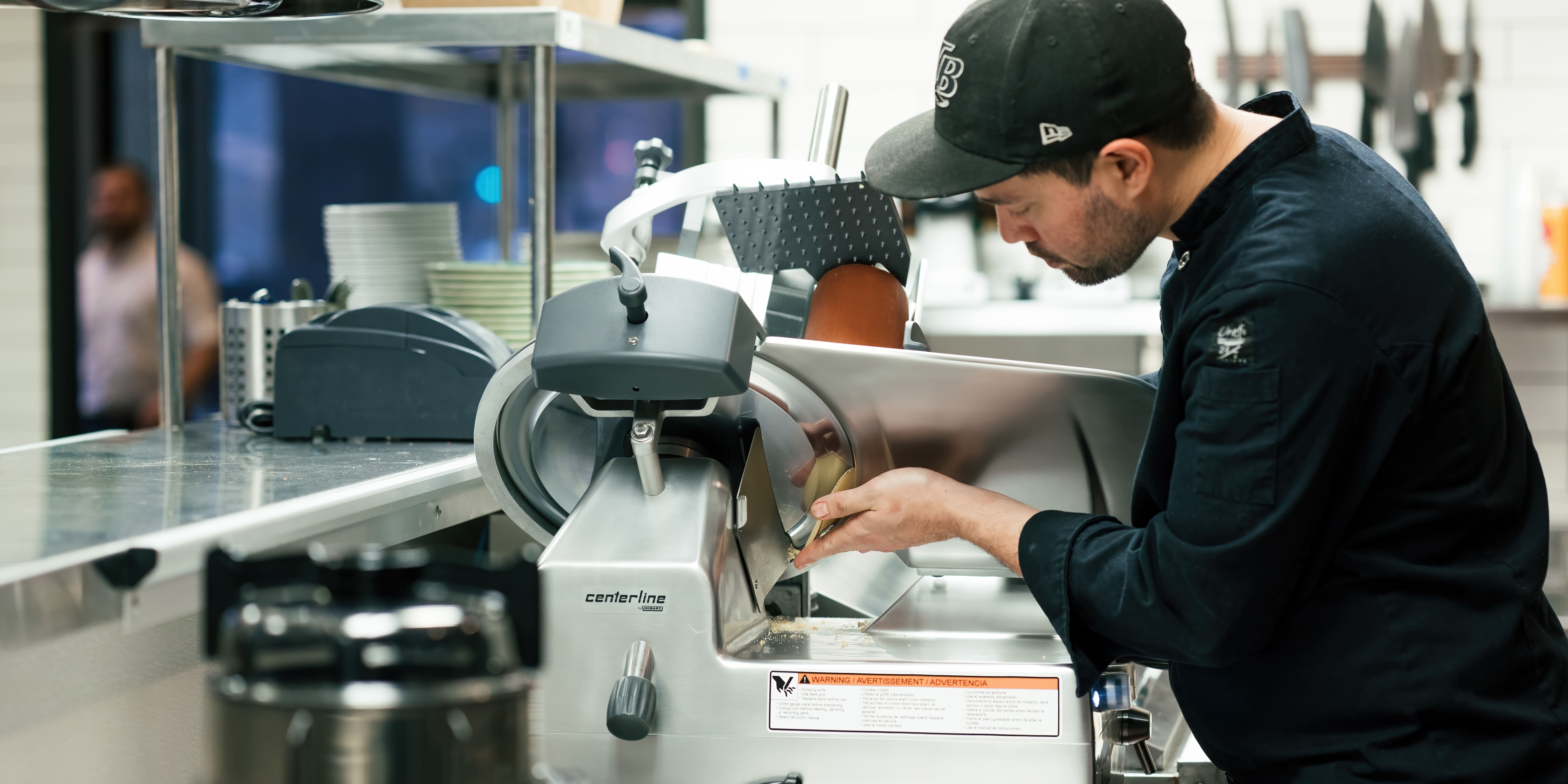
-min.jpg)
